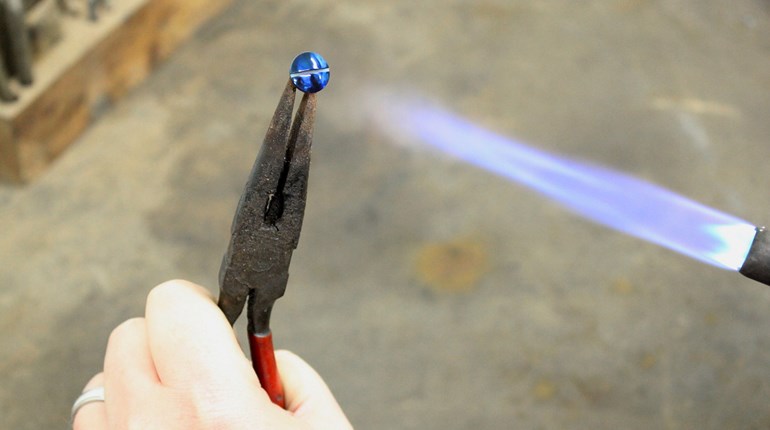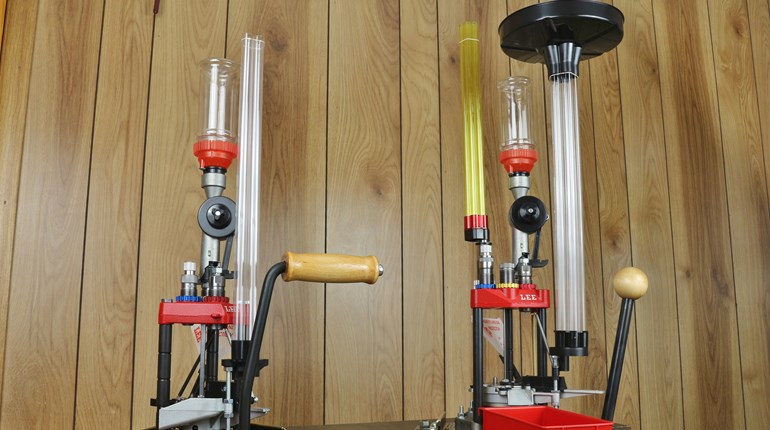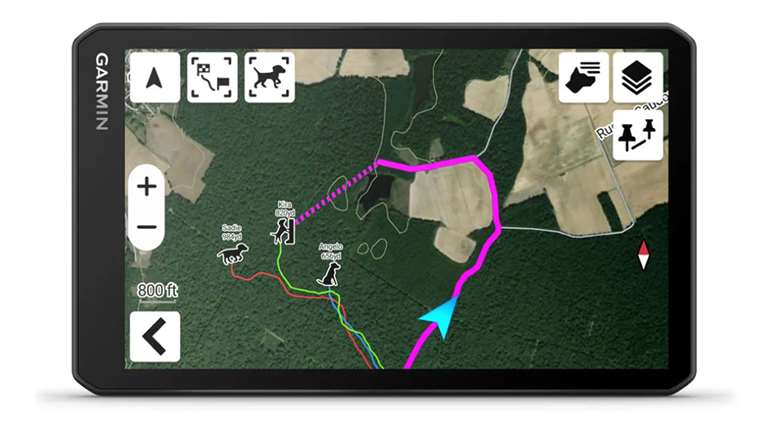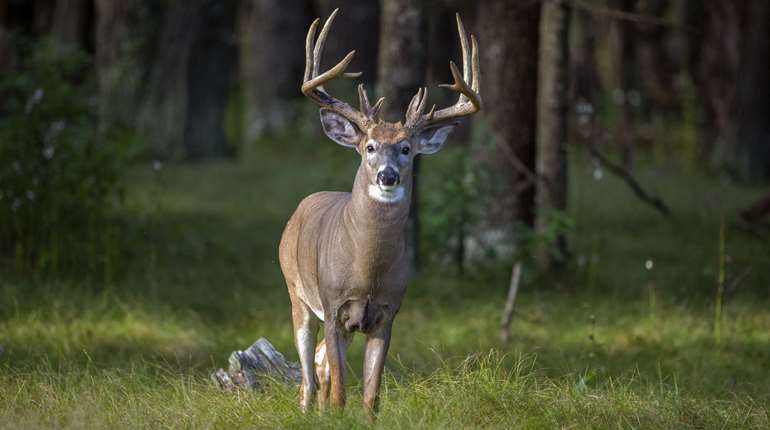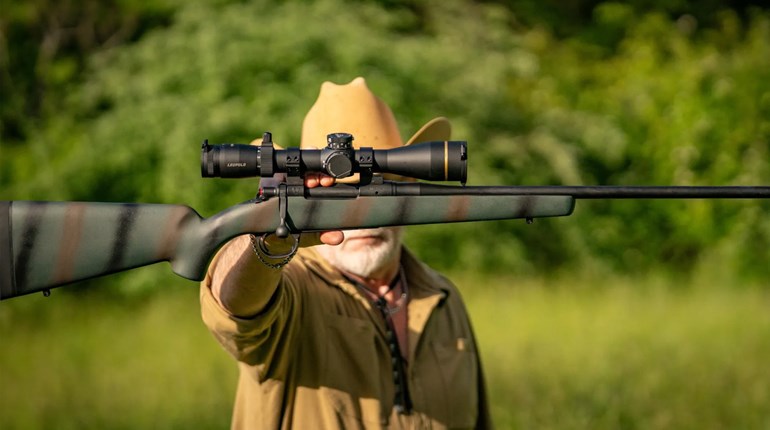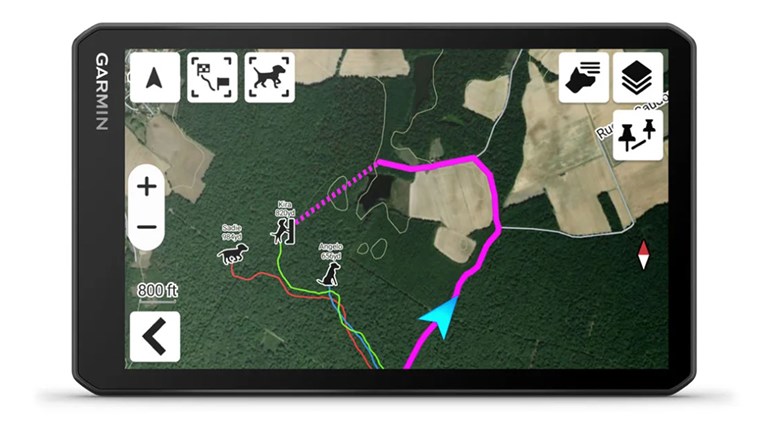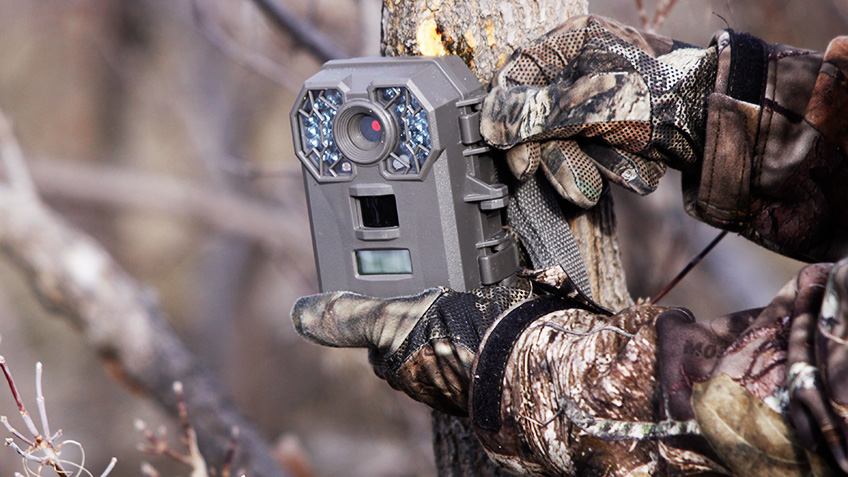
If you’re yanking trail cameras after deer season, you may be missing out on another benefit of this 24/7 hunting partner: predator scouting. Your calls may lure a predator from across the neighbor’s fence, but snapshot evidence boosts confidence that you’re setting up in the right location. Plus, when your calls fail to produce results (they will), the image evidence provides a starting point for a stand hunt to continue pursuits. To get the most predator bang from your trail cameras, a slight adjustment may be in order.
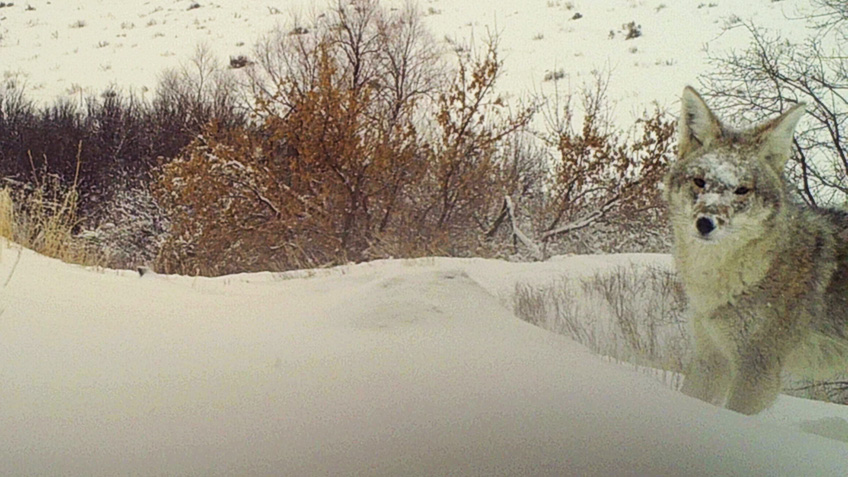
Your trail cameras may have already captured images of a coyote, bobcat, fox or even a bear. Their location may be spot on, like along a field edge or a water source. If not, you should take on a trapper’s mindset. Scout for tracks and scat along wildlife or cattle trails. Scout fence lines for any gaps, low spots and burrows that predators may be using for crossings. Hair hung up in the strands is the big giveaway. Finally, consider crossings, especially around water, but saddles, ridges and the mouths of coulees also funnel predator traffic. A beaver dam or a grassy opening on a rocky ridgetop could be a corridor coaxer.

Even if you feel your trail camera is in the right location, a change of height may be in order. Whitetails, the game of choice for trail-camera aficionados, have a shoulder height of approximately 3 feet or taller. Big black bears may almost get there, but most are a full foot shorter at the shoulder. Coyotes are nearly another foot shorter than that, and bobcats and foxes barely extend over a foot in shoulder height. This is the one time you’ll hear anyone say “aim low.”

An alternative to lowering cameras is placing them higher with a downward angle to capture a wider field of view. This allows you to capture images of all creatures, great or small. An angling position could also benefit your social media feed. Instead of a quick image as a predator passes, an angling view of the area allows the camera to capture several images as it cycles. The wider scene is also advantageous if you enjoy wild kingdom videos.
A final setup chore takes you back to summer: landscaping. Trim any branches or grass that may sway in front of the camera. Sensitive triggers can quickly fill an SD card with 1,000 images of a switchgrass cluster.

This next step is devious, but again takes a cue from trappers. Bait, lures and urine could create a pausing point for any passing predators. Deer carcasses left over from butchering piled in front of a camera create a predator attraction. Fox or coyote urine sprayed on brush is a guaranteed stop sign. For lures, peruse online trapping supply outlets for the species you’re targeting. Also be sure to review regulations on all the above.
Replace batteries with long-lasting varieties and insert a new SD card. With these adjustments, your trail camera will continue to assist you well after deer season closes.
For more predator hunting tips and tactics, check out the following articles:
• Top 5 Coyote Cartridges
• 5 Tips to Kill More Coyotes
• Predator Hunting: How to Use a Mouse Squeaker
• 7 Common Predator Hunting Mistakes to Avoid
• The Coyote Caller's Playbook
• 3 Tips for Locating Coyotes
• How to Hunt Coyotes Without Calling
• Tips and Tactics for Calling Late-Winter Coyotes
• Know-How: Kill More Coyotes with Electronic Callers
• Choosing the Ultimate Predator Rifle
• How to Eliminate Scent for Coyote Hunting
• Know-How: Throw Coyotes a Change-Up
• Tips and Tactics for Hunting Eastern Coyotes in Winter
• How to Hunt Suburban Coyotes
• 5 Coyote Hunting Tips From the Pros
• How to Choose the Right Predator Camo
• Must-Have Gear for Predator Hunters
• Best Cold-Weather Gear for Predator Hunting













